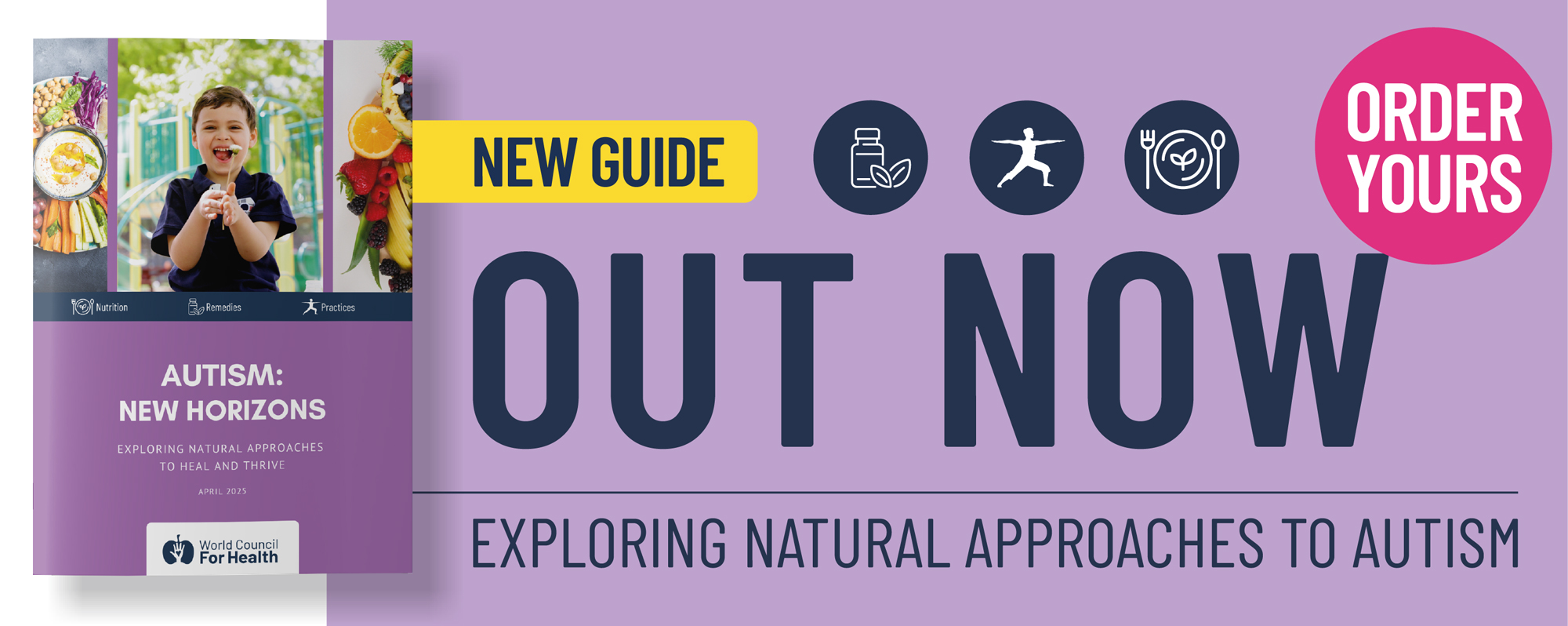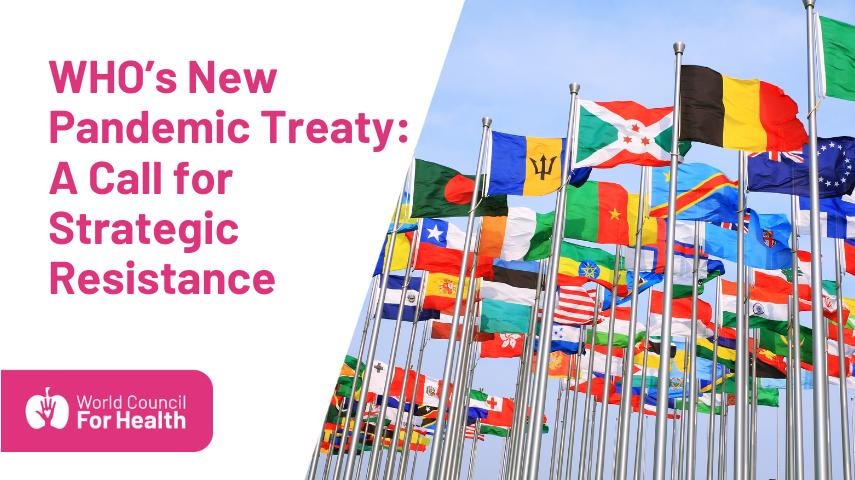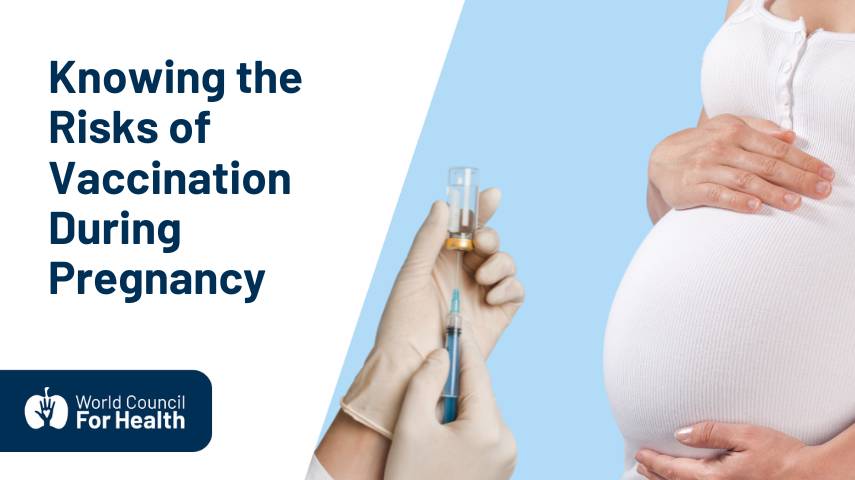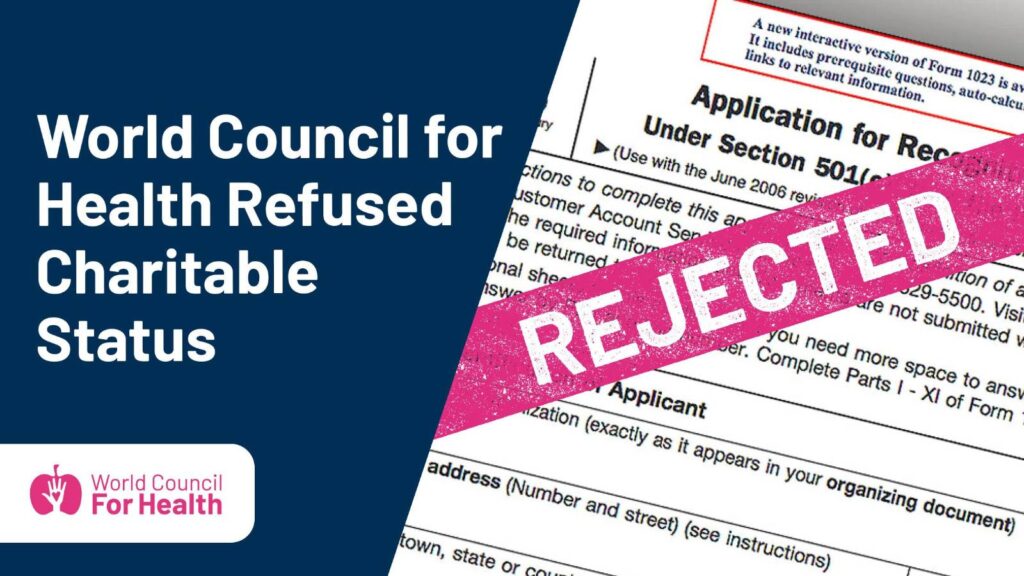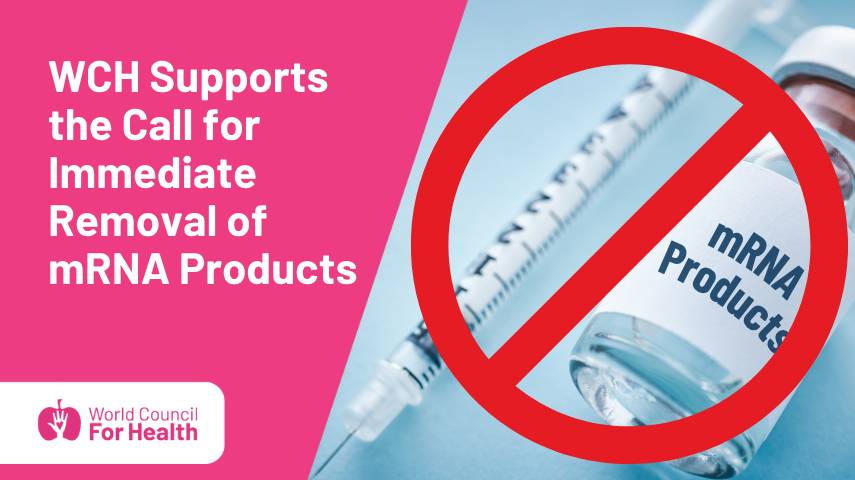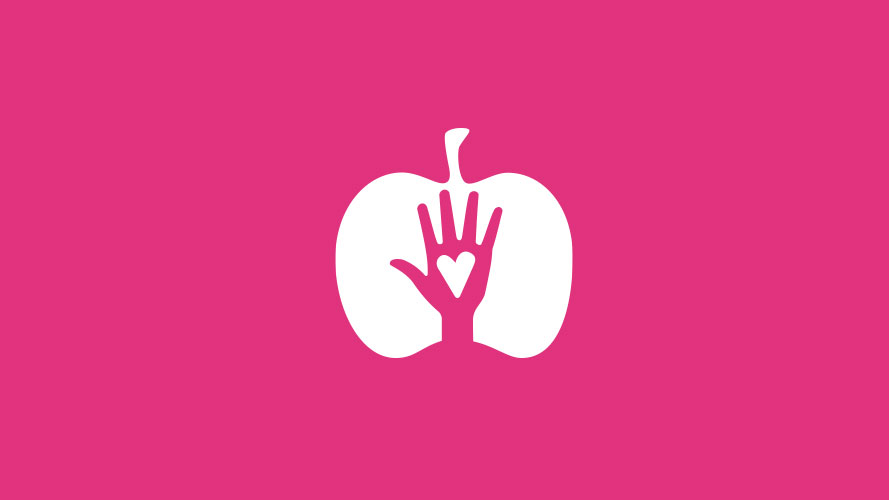Rewatch the full November 22, 2021 World Council for Health General Assembly Meeting video with guest speakers Dr. Alexandra Henrion Caude, Dr. David Wiseman, and Attorney Luthuli Bongani as well as our Affiliate, C19 Transparency Group.
Attorney Bongani Luthuli: Gambling With Our Children
Bongani Luthuli is Attorney and Director at Bongani Khanyile ka Luthuli Attorneys Ince, pan-Africanist, ACDP NEC. Earlier this year, he won the the battle for Ivermectin in South Africa.
A clip of his presentation can be found here.
Dr. Alexandra Henrion Caude: Spikopathy: The Pathology of the Spike Protein
Dr. Alexandra Henrion Caude is a geneticist and Director of Research at the French National Institute of Health.
A clip of her presentation can be found here.
Dr. David Wiseman: What point did we go from recklessness to vandalism?
Dr. David Wiseman has a PhD in experimental pathology. He is a UK pharmacist pharmacology and previously headed a research program as a top scientist at Johnson and Johnson.
A clip of his presentation can be found here.
C19 Transparency Group
Cathal Healy Singh introduces an affiliate organization to the World Council for Health, C19 Transparency Group.
C19 Transparency Group is an advocacy group in Trinidad & Tobago. They strongly advocate the sovereignty of the human being and the right to choose what we put into our bodies.
This is an edited segment from the weekly live General Assembly on November 22, 2021.


